QuestionQUESTION: I read your response to vicki for FIP. I would love to chat more about false neg, for toxo. Is there a # I can call you at? Looking forward to talking with you. Rena Meyer .
ANSWER: Hi Rena,
I don't feel comfortable leaving my number, but I would certainly be up to chatting about toxo here. Hope to hear from you!
Jessica
---------- FOLLOW-UP ----------
QUESTION: Ok that would be fine. Bascially I had a 5 month old kitten die of toxo in march. I got 2 new kittens in Aug. that became sick in Oct. All signs looked like toxo. They were treated with clindamycin and started turning around after 3 days. Its been 6 weeks since the possible diagnosis and they are much better. 1 kitten still has some eye sensitivity, but that is getting better. Anyway both toxo tests and different times came back neg. I know it is what they had. How can they have been sick with toxo and not show up on the blood tests?
Sorry I would love to go into more detail, but I have to put my kids to bed. Thank you for your help. I love my kittens so much. Its been a very difficult this year. Rena
AnswerSo sorry to hear about your little one! I'm glad your new two seem to be doing better after treatment.
As with so many illnesses, the general test used on blood to check for toxo is an antibody test. It doesn't actually check for the parasite itself - only the body's response to the parasite. A strong positive usually means an acute infection, which might cause symptoms (however, the vast majority of cats are "immune" to the germ and will never become ill from it).
A weak positive generally means the cat had once been exposed to the parasite but has since cleared it from his system, or the cat might be a carrier, harboring small amounts of the parasite.
A negative test can mean a few things. It can mean that the cat is truly negative and has never been exposed. Many cats in the U.S. are never exposed to toxo, and with cats living indoors more and more, we are seeing fewer infections. This parasite is passed mainly through eating whole infected prey. A negative test could also indicate infection is too new for the cat to have developed any antibodies against it. Generally antibodies will be mounted within a few weeks, but since the test detects antibodies and not the germ itself, the test can miss early infections. Most cats who are suffering neurological symptoms are far into the infection, though, and we expect to get a positive result when cats are already having such problems. Finally, a negative test can mean the that infection has gone dormant. Toxo can encyst itself in tissues throughout the body, anywhere. As long as the germ stays dormant in these cysts, the immune system leaves it alone, and antibodies will begin to drop off. The antibody titer may drop low enough to be considered a negative test, even though the cat still has toxo encysted in his tissues. The toxo can become active at any time and leave these tissues, reproducing and causing your typical infection again. Strangely, the cysts that dormant toxoplasmosis causes can be the most dangerous part of the infection. "Dormant" does not equate to harmless, here. Cysts often press on nerves or end up behind the eyes or in the brain. This is what causes neurological problems in so many of the cases. Fortunately, clindamycin kills the dormant toxo as well as it does active infections.
I'm glad they were treated for it anyway. When the test isn't the greatest, the disease can be so devastating, and the treatment is so safe, there is no reason not to err on the side of caution.
Best of luck!
Jessica

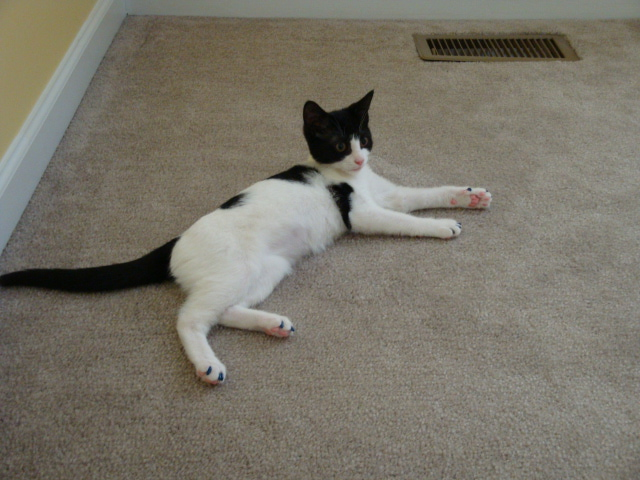 Cat training/Runs away whenever downstairs
Question
Kairi in her room
Hi there!
I recently
Cat training/Runs away whenever downstairs
Question
Kairi in her room
Hi there!
I recently
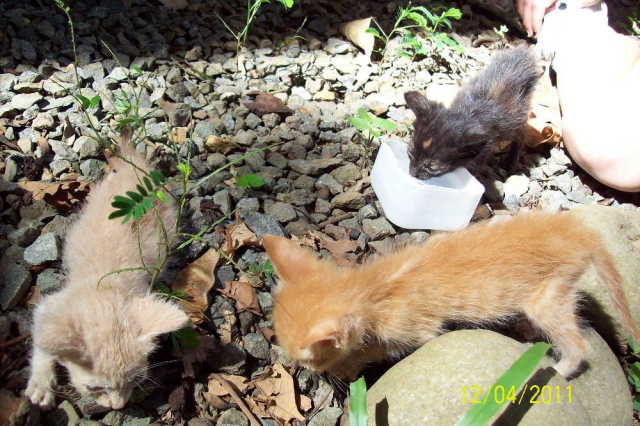 Orphaned baby kittens in the rainforest
Question
kittens
Hello,
My wife and I are volunteers in
Orphaned baby kittens in the rainforest
Question
kittens
Hello,
My wife and I are volunteers in
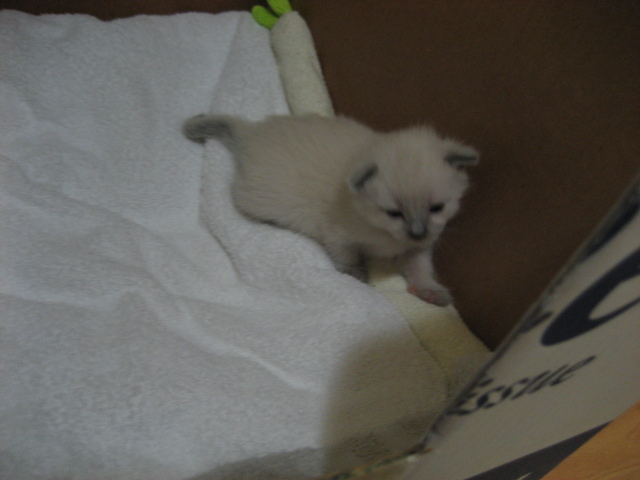 is my kitten blue or blue cream point?
Question
polar bear
hi Jessica, our mommy cat is a blac
is my kitten blue or blue cream point?
Question
polar bear
hi Jessica, our mommy cat is a blac
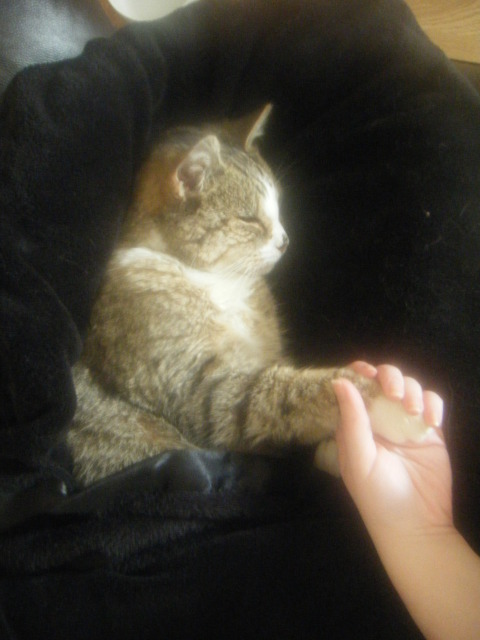 my old cat with no appetite
Question
Timmy since his loss o
Hi, Im really worried a
my old cat with no appetite
Question
Timmy since his loss o
Hi, Im really worried a
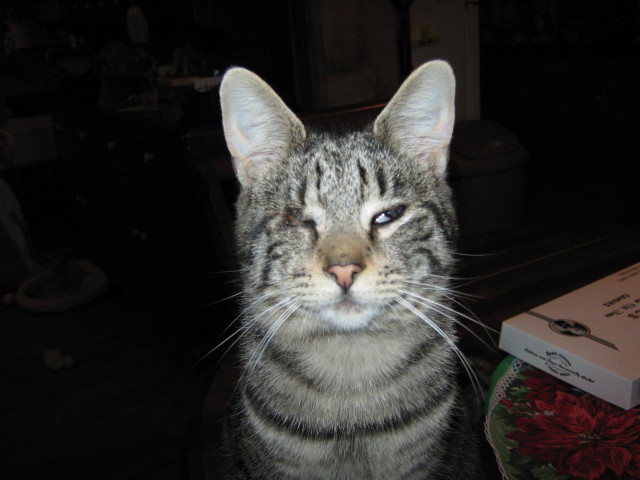 What breed is Jerome the Cat
Question
Jerome the Cat
Hi Karen.
Last summer on my da
What breed is Jerome the Cat
Question
Jerome the Cat
Hi Karen.
Last summer on my da